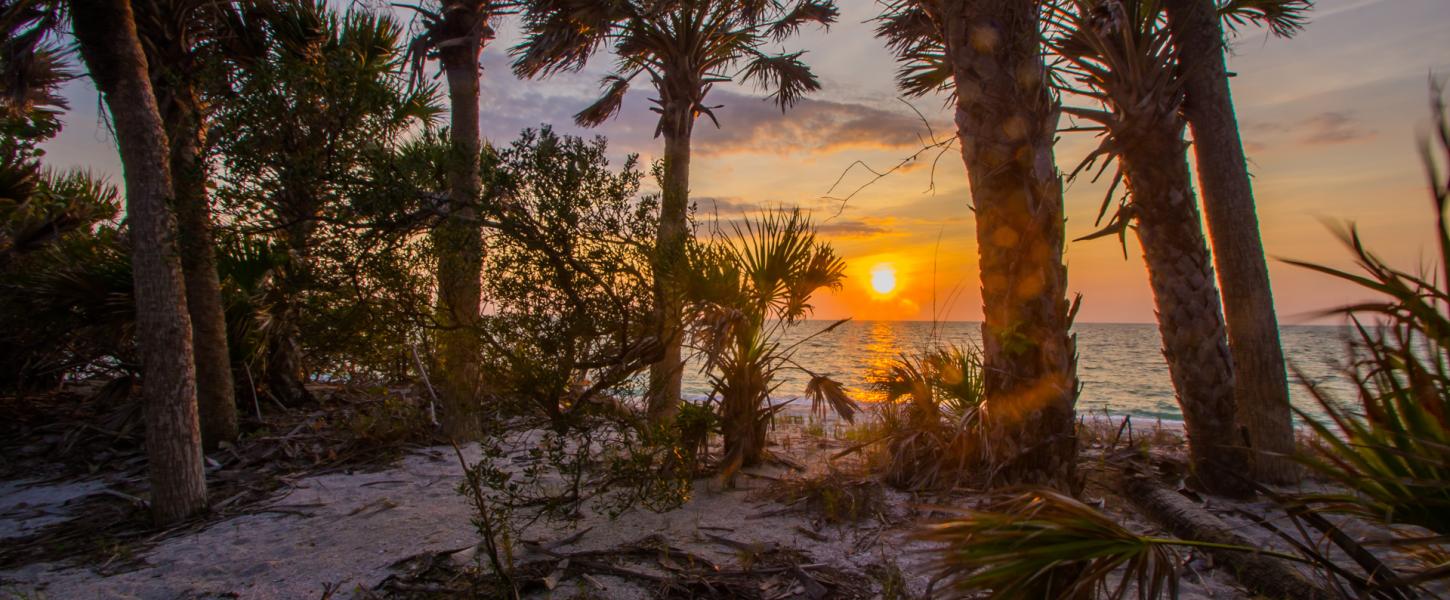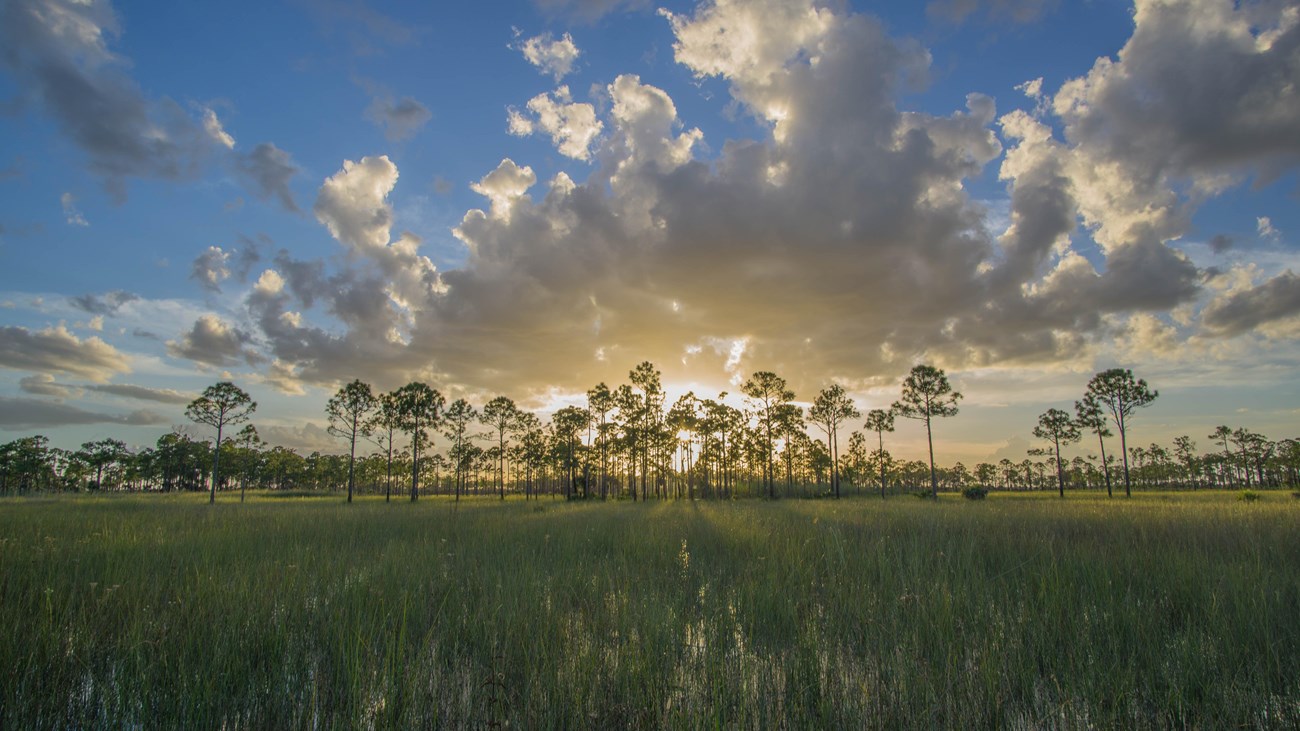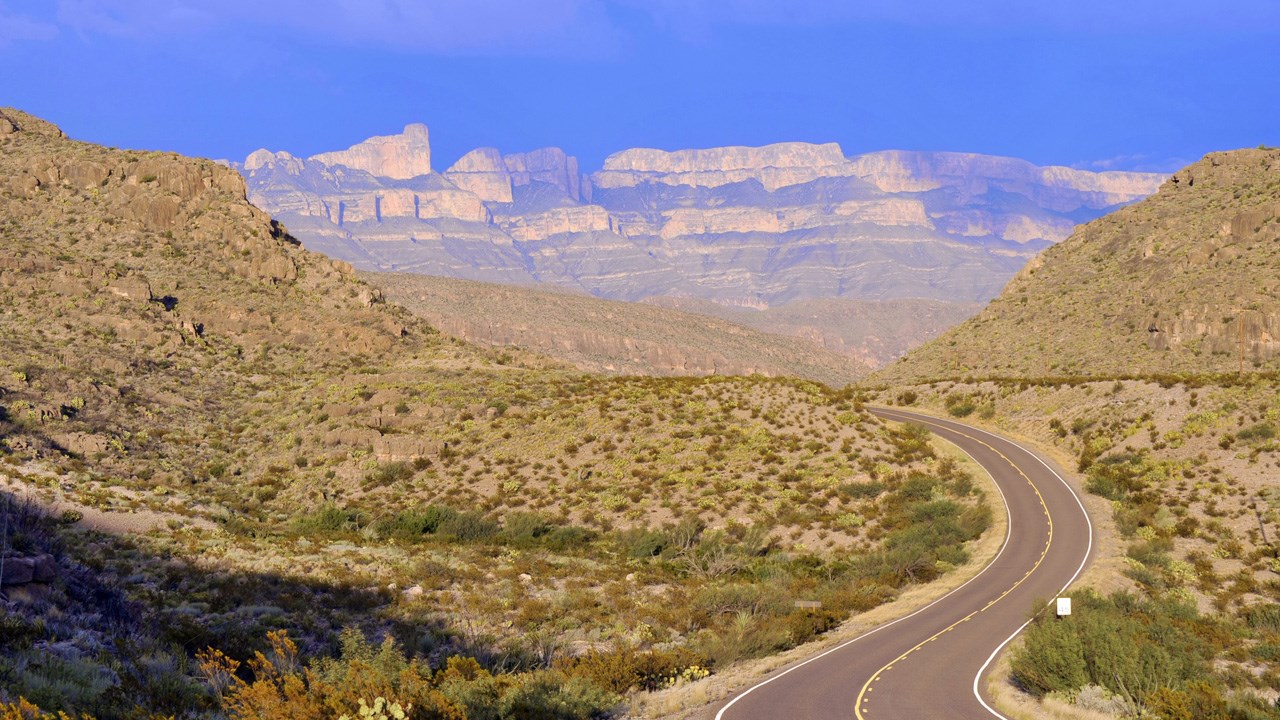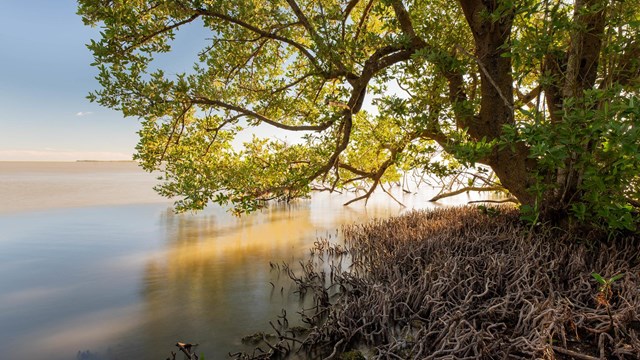
Best Camping Locations in the United States
For adventurers who love the great outdoors, camping is an incredibly rewarding experience. It’s a great way to spend time with friends or family, and take in spectacular views of the surrounding area.
The United States has some of the best camping locations around, with gorgeous beaches in Florida, stunning forest vistas in Maine, and majestic mountain ranges in Alaska. To help inspire your next trip, we’ve created a ranking of the best campgrounds in every state.

Cayo Costa State Park
Located south of Boca Grande, Cayo Costa State Park is one of the best-hidden spots on Florida’s Gulf Coast. This barrier island, accessible only by boat, remains largely undeveloped and offers nine miles of wild beach to explore.
The beaches here are pristine and uncrowded, making them an ideal place for sunbathing and shell collecting. Snorkeling is also a popular activity here.
Another great activity is hiking, which can be done along a trail that leads to the pioneer cemetery on the island. This is a great way to explore the island’s history and learn more about how the Calusa Indians inhabited it before Spanish settlers arrived.
It is also possible to go wildlife spotting, which can be a fun way to spend the day at this Florida State Park. You can see a number of species including osprey, dolphin, and sea turtles.
You can also visit the ranger station at the park to learn more about the different animals that live on the island. The staff can even help you plan a day of activities for the whole family to enjoy.
Aside from the beach, Cayo Costa State Park is also home to a small campground and cabins for rent. Currently, there are 30 tent campsites and 12 primitive cabins to choose from.
If you decide to camp at Cayo Costa State Park, it’s important to bring all the proper gear. You will need to pack sunscreen, insect repellent, a tent and sleeping pad, and any other necessities that you may need.
Camping at Cayo Costa is an excellent option for those seeking to get away from the crowds of other Florida beaches and experience an unforgettable vacation. It is one of the most remote islands on the state’s Gulf coast and is only accessible by boat, making it a very special place to explore.

Big Cypress National Preserve
Big Cypress National Preserve is a fantastic place for a family camping trip. This national preserve is located only an hour outside of Miami and offers amazing sites, sounds and experiences.
Big Cypress is home to a variety of wildlife, including Florida panthers and American alligators. It’s also the southernmost Dark Sky Place in the United States, which makes it a fantastic place to view the night sky!
The park is open year-round, but the best time to visit Big Cypress is during the dry season (November through March). During this time, you’ll have fewer bugs and better wildlife viewing.
There are plenty of trails to explore on foot in this preserve, including short hikes on boardwalks and long treks through swampy areas. Getting backcountry permits from the Oasis Visitor Center will help you navigate these more remote paths.
You can also take part in a ranger-led tour to learn about the park. These tours are free and include activities such as Gator Gossip, Birdwatching 101, wilderness walks and buggy tours.
To find out more about these activities, check out the national preserve’s website. In addition, there are a lot of private companies that offer various types of tours around the preserve, like kayak and canoe trips, buggy rides and more!
While this national preserve is a great place to spend the day, it’s also important to remember that it is not immune to hurricanes and other natural disasters. This means that it may be closed for a period of time. As a result, it’s important to prepare for your vacation ahead of time by packing the necessary gear and making sure you have the right equipment.

Big Bend National Park
Big Bend National Park is one of the best places in the United States to visit if you love hiking, backpacking, and camping. It offers an abundance of secluded trails and incredible scenery – from the high Chisos Mountains to the Rio Grande River separating the US and Mexico.
There are several established campgrounds located inside the park and dispersed campsites within the surrounding region, making it easy to stay close to your favorite destinations. However, be aware that visitation has exploded recently and reservations must be made well in advance.
The best time to visit Big Bend National Park is in the spring, when the temperatures are mild and the flowers bloom. It is also the busiest season, so be sure to avoid visiting during this time if possible.
In the summer, temperatures can be very hot, so it is recommended to pack lots of water, sunscreen, and extra clothing layers. It is also a good idea to carry a cooler with ice packs for food and drinks.
A four-wheel drive vehicle is required to explore the park, as some of the roads are very rough and inclement weather can cause road closures. In addition, it is important to have a full tank of gas, as there are no fuel stations inside the park.
Aside from the established campgrounds, there are also some primitive backcountry dispersed sites that are located along specific trails in the park. These campsites are not accessible to travel trailers or RVs. In addition, generator use is not permitted on these sites. You can also find a number of Good Sam campgrounds nearby, if you’re not looking to camp inside the park itself.
Grand Canyon National Park
Grand Canyon National Park is a world-famous destination and one of the United States’ most popular national parks. Its soaring cliffs and awe-inspiring canyon walls draw millions of visitors each year.
While the majority of visitors arrive on a tour bus, many take the time to visit a campsite on their own. There are developed campgrounds at both the South Rim and North Rim of the canyon, which are generally open from mid-May to early October.
There are also several dispersed camping areas in and around the park, which are often off the beaten path and can be difficult to find. However, they can offer a unique experience and allow visitors to escape the crowds of the larger park.
Whether you’re camping in the park or just exploring its remote vistas, make sure to bring the essential gear and equipment. These items will ensure that you can fully enjoy your Grand Canyon adventure and keep you safe from the elements.
The best time to visit the Grand Canyon is March through May or September through November, when daytime temperatures are cooler. During this time, you’ll have fewer crowds and easier access to the park’s facilities.
If you’re planning a winter camping trip, be sure to pack layers and extra gear, since you’ll be spending a lot of time outside. If you’re new to cold-weather camping, be sure to ask the rangers about winter safety tips and consider requesting a backcountry permit.
If you’re looking for a more spread out, tree-covered experience in the national park, look into nearby Mather Campground on the South Rim or Desert View Campground on the North Rim. These are both park-operated campgrounds that tend to fill up quickly, so be sure to reserve your spot ahead of time.

Everglades National Park
If you’re looking for an incredible camping location where you can get away from it all, Everglades National Park is the place to go. It’s one of Florida’s most popular national parks and offers a range of different types of camping to suit everyone.
Its two front country campgrounds, Flamingo and Long Pine Key, are both full of amenities, including showers, dump stations, and a beautiful amphitheater. The campground is also home to safari-style eco tents that come with electricity, fans, and a small private deck.
However, it’s important to note that Everglades camping is a little different than most national parks, and there are a few things you should know before you set out. Here are some of the most common concerns and tips you should follow if you’re planning on doing Everglades National Park camping:
1. Wear closed shoes or sandals to keep your feet dry while walking across wet ground.
2. Bring a wide-brimmed hat to protect your head and face from sun and heat, especially in the summer months when mosquitoes are most prevalent.
3. Don’t hesitate to bring insect repellent or a mosquito net.
4. Ensure your tent is waterproof and secure, as the humidity can be extremely intense.
5. Bring a sleeping bag and pillow, as temperatures can dip low.
6. Depending on where you’re camping, you may need to bring your own flashlight or lantern to light up your campsite at night.
7. Bring a pair of binoculars or a telescope to spot wildlife.
You can also take part in guided tours of the Everglades to learn about the animals that live here. Some are led by Rangers, while others are led by naturalists who will teach you about the history and nature of this unique ecosystem.